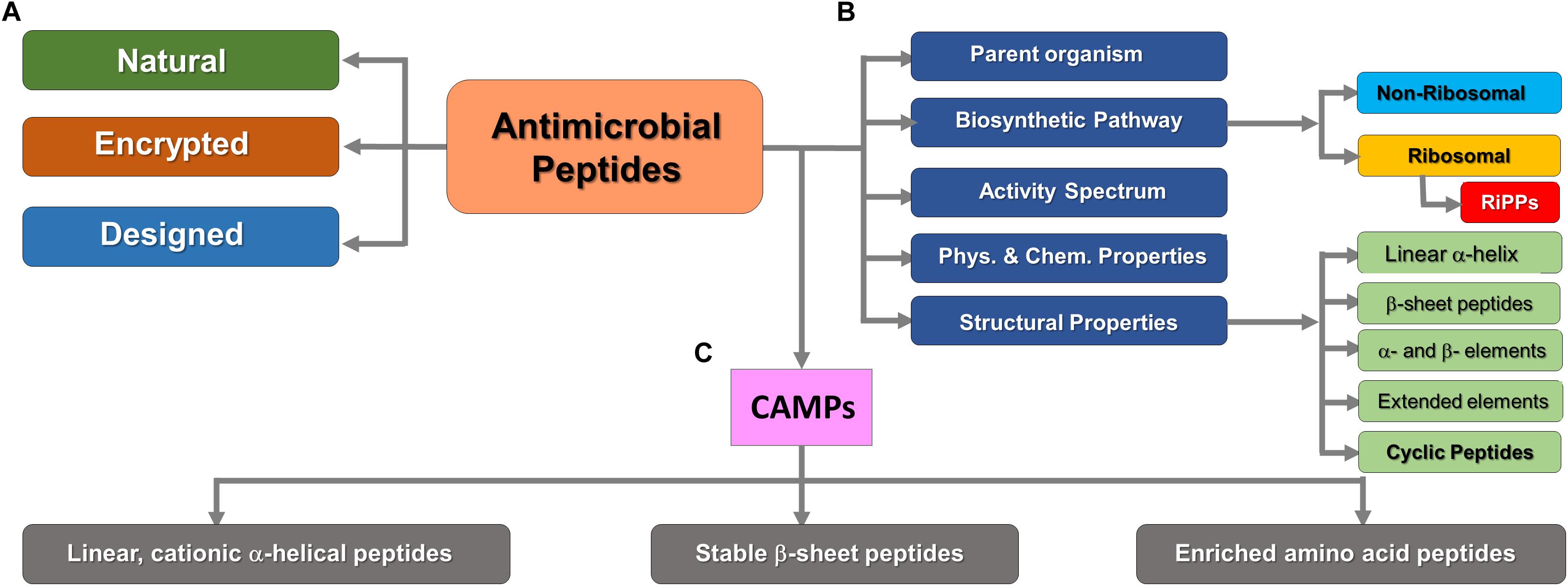

Ferrihydrite nanoparticles (∼10 nm diameter) were unable to produce soluble AuNPs under identical conditions unless apo ferritin was present indicating that the ferritin protein shell was essential for stabilizing AuNPs in aqueous solution.Ībstract = "The ferrihydrite mineral core of ferritin is a semi-conductor capable of catalyzing oxidation/reduction reactions. We propose that the ferritin protein shell acts as a nucleation site for AuNP formation leading to the AuNP-ferritin dimeric species. TEM analysis revealed AuNPs adjacent to ferritin molecules suggesting that a dimeric ferritin-AuNP species forms.

The other peak eluted at a volume indicating a particle size much larger than ferritin.

TEM analysis of the fraction close to where native ferritin normally elutes showed that AuNPs form inside ferritin. Size-exclusion chromatography of the AuNP-ferritin reaction mixture produced two fractions containing both ferritin and AuNPs. TRIS buffer satisfied this requirement and produced AuNPs with spherical morphology with diameters of 5.7 ± 1.6 nm and a surface plasmon resonance (SPR) peak at 530 nm. An important goal was to identify innocent reaction conditions that prevented formation of AuNPs unless the sample was illuminated in the presence of ferritin. This report shows that ferritin can photoreduce AuCl 4 - to form gold nanoparticles (AuNPs). Window.SHOGUN_IMAGE_ELEMENTS.The ferrihydrite mineral core of ferritin is a semi-conductor capable of catalyzing oxidation/reduction reactions. Window.SHOGUN_IMAGE_ELEMENTS = window.SHOGUN_IMAGE_ELEMENTS || new Array() An intermediate or optimal concentration of scaffold results in higher signalling. Combinatorial inhibition occurs when there is too little scaffold or too much scaffold lowering the signalling of a pathway. The effect of expressing scaffold protein on the MAPK pathway signalling (Ferrell 2000). In mammalians, the best characterised scaffold is KSR1 which is the homologue of Ste5 and also functions by assembling members of the MAPK proteins to increase MAPK signalling (Therrien et al. The functions of scaffolds has been helped by studies on yeast of the the protein Ste5 which regulates the MAPK pathway (Zalatan et al. Too little scaffold causes the signal to be low and too high scaffold concentration cause binding partners to be titrated away from one another, thus decreasing the signal output (Levchenko et al.

An optimal concentration of scaffold is required, otherwise scaffolds inhibit pathways in a process called combinatorial inhibition (Ferrell 2000). The diagram represents how a change in scaffold concentration regulates the activity of the cell signalling pathway it scaffolds. 2011).Īctivation of signalling pathways by scaffold proteins induces a bell shaped curve activation. The scaffold concentration is crucial in regulating cell signalling pathways and results in the activation of a signalling pathway, which resembles a bell shaped curve (Adams et al. Due to the absent of enzymatic activity, to test whether a protein is scaffolding a particular pathway we must increase the amount of the scaffold protein and look at the output activity of the cell signalling pathway. 2015) Importantly, classical scaffolds lack enzymatic activity but can enhance the efficiency of a signalling pathway by assembling the core components of a pathway (Adams et al. Scaffold proteins compartmentalize and coordinate signalling events by serving as a platform that regulates protein-protein interactions (Abel et al. Scaffold proteins function by assembling the components of signalling pathway into one complex and this increases the efficiency of the signalling pathway (Levchenko et al. Scaffold proteins localize partners of a pathway to specific areas of the cell and by protecting cell signalling pathways from phosphatases (Good et al. They act by interacting with proteins of a signalling pathway to tether multiple proteins into a complex that regulates the activity of signalling pathways (Shaw and Filbert 2009). Scaffold proteins are evolutionarily conserved proteins that play important roles in coordinating signalling events in eukaryotic cells (Abel et al. How cells translate specific stimuli into a specific cellular response is not well understood. Environmental stimuli result in different biological responses including cell growth, proliferation or apoptosis.


 0 kommentar(er)
0 kommentar(er)
